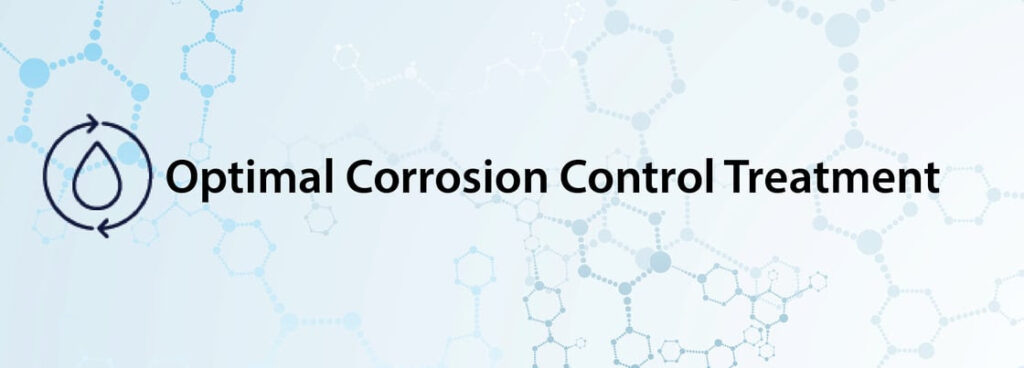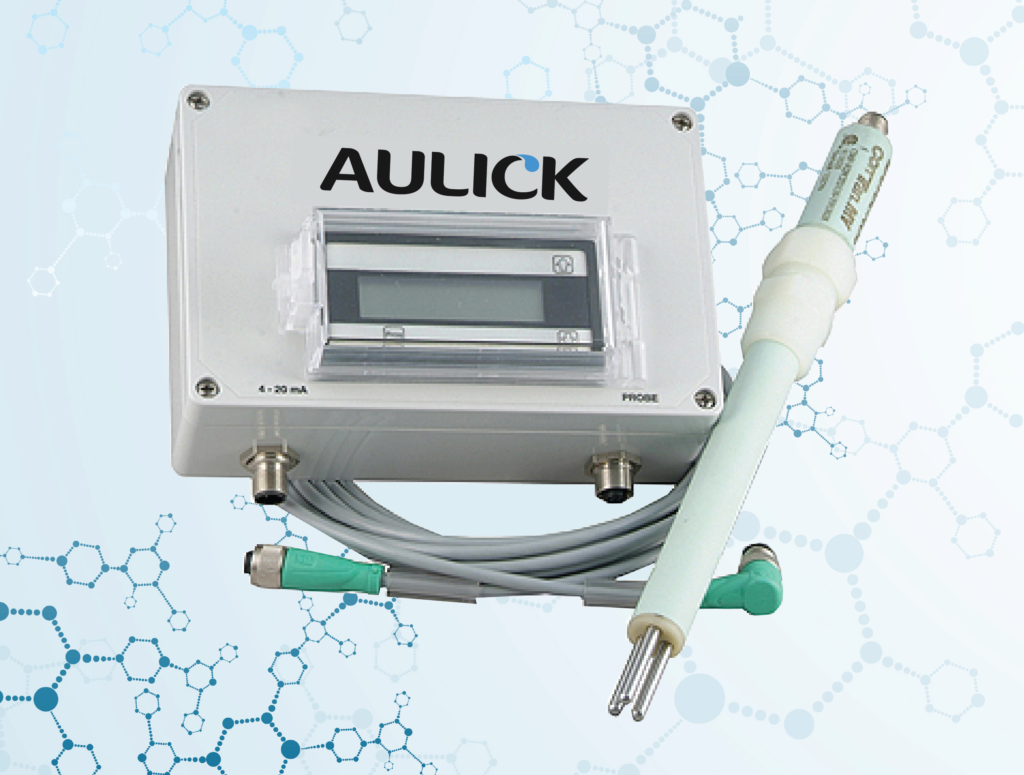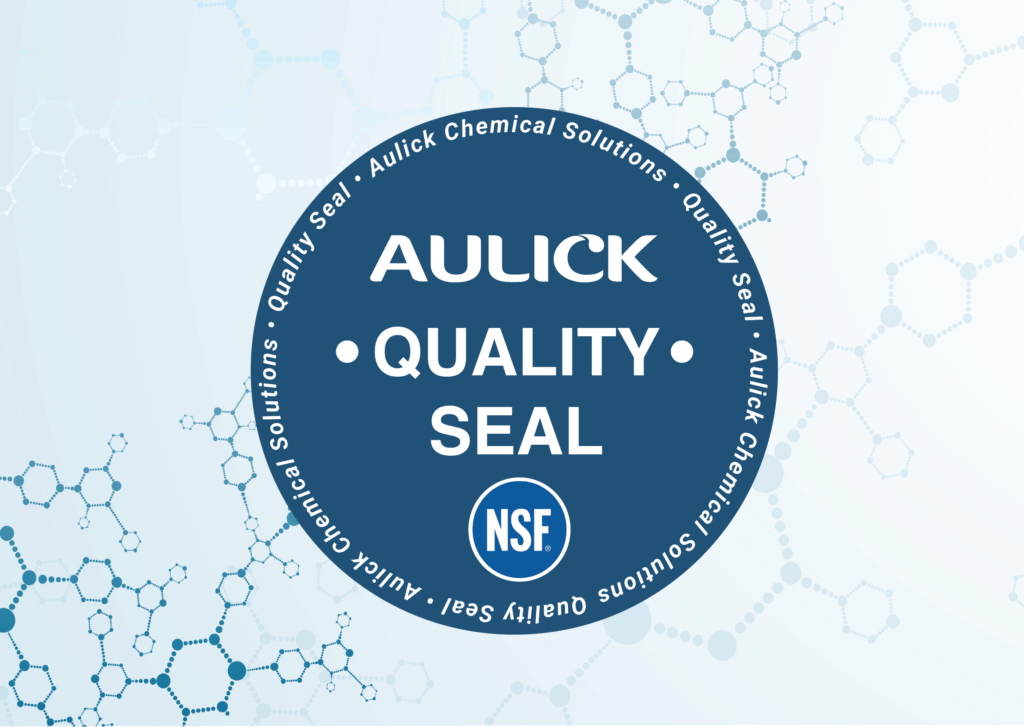
Test Results Show Dangerous Levels of Lead in the Territory’s Water
The United States Government declared an official state of emergency after St. Croix reported high levels of lead and copper in its drinking water supply.
Elevated lead and copper levels were reported to the Virgin Islands Water & Power Authority in October when the Environmental Protection Agency and the University of the Virgin Islands worked together to collect water samples in September. The official testing was in response to reports of red and brown discoloration in the drinking water supply.
Required By Law To Take Action
Cited from the original Time story:

Additional Facts From The Crisis
- More data is needed, but EPA agrees with the U.S. Virgin Islands Government (USVI) that the problem is not originating from the Virgin Islands Water & Power Authority water plant (VIWAPA).
- EPA continues to recommend that residents of St. Croix not consume VIWAPA water from the distribution system until more information is gathered.
- Approximately 40,000 residents of St. Croix are being affected by the crisis.
- To date, St. Croix has tested over 350 children, aged 0-6, for lead with no confirmed positive results as of now.
- There is no safe level of lead exposure in humans.


What Is Optimal Corrosion Control Treatment?
After successful and on-going use in water systems across the region, Aulick has found that our proprietary phosphates have maximized their capabilities in performing the three basic functions we set out to achieve (corrosion control, cleaning and sequestration).
In addition to our custom blended phosphates, Aulick also provides the tools necessary to ensure optimal corrosion control treatment for drinking water systems.
The meters featured below can be integrated into current coupon racks or supplied by Aulick upon request.

CM85 – Corrosion Meter
Aulick’s CM85 Corrosion Meter is a compact corrosion transmitter used in the water treatment industry that measures general corrosion, localized corrosion (pitting), conductance, and transmits that information to operators via 4 to 20mA / HART® protocol in real time. The corrosion rate or pitting factor is configured as the primary variable using a standard 2-wire 4 to 20 mA output. The remaining outputs are configured as secondary and tertiary HART variables.
The CM85 utilizes state-of-the-art algorithms and data analysis techniques to accurately measure general corrosion rate and pitting. Harmonic distortion analysis (HDA) is applied to improve the performance of the industry-accepted linear polarization resistance (LPR) technique used to measure corrosion rate.

Corrosion Coupons
Corrosion Coupons are a trusted methodology used to verify corrosion control strategies in the water distribution system. Coupon testing provides a measurement of the impact of long term treatment changes. Although coupon testing is an often omitted practice in today’s drinking water treatment space, this kind of testing works as an integral component to a comprehensive OCCT Program.
Accurate monitoring of corrosion rates in any environment is critical when viewed in terms of the maintenance and repair costs associated with corrosion and material failure. Test coupons provide an inexpensive means of on-line monitoring that will allow you to effectively measure the corrosivity within your system. By observing the mils-per-year corrosion rate of an exposed coupon, valuable information can be provided regarding the material’s life expectancy.

Manufactured By Aulick
Aulick manufactures proprietary blended phosphates at our corporate headquarters located in Nicholasville, KY. Care is taken during all aspects of the rigorous manufacturing process and Aulick sources the highest quality raw ingredients ensuring optimal phosphate performance.




